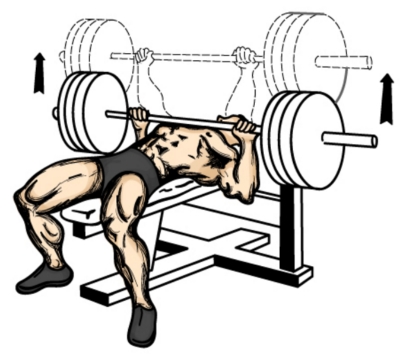One for One, One for All
“As long as we separate this ‘oneness’ into two, we won’t achieve realization.”
Our existence is intertwined amongst a myriad of systems. As the external environment dictates our internal make up, so too do internal conditions reflect perceptions of what’s happening around us.
Amongst these systems are intricate relationships that allow organisms to interact and evolve with one another.
Within, it’s the cardiovascular system that keeps the blood flowing, and the nervous systems that power it all up. There to the skeletal system that creates the structure, to the muscular system that facilitates its’ movement. Then we have the microbiome, that is, trillions of living bacteria interacting with one another, and the body at large, all day, every day.
These systems are their own entities. They have particular roles to play. And, at the same time, they are interdependent. They co-exist to form a whole. Parts of a whole always rely on the other parts to function. They have to.

Just like this one sentence means little without the context of what’s written above and below it, and in accordance with the whole article.
This is the trouble with isolation. No one part of the body moves without support and adjustment from the rest of the structure.
When you do a bench press, sure, your pectorals work. Your triceps also work. So do your rectus and transverse abdominus. Forearms work. Your chest moves with every breath. The flexors work. The extensors work. If you slowed things down a notch, you’ll notice the muscles around the face and neck contract. The sub occipital muscles of the neck work. The muscles of the eyes work. The forehead. The cheeks. The jaw.
You name it, and it’s working in some capacity. Add some weight, mix in some willpower, and the effort intensifies.
So when chest day comes around, it isn’t just muscle fibres of the upper chest pushing the barbell up and lowering it down, but the organisation and workings of an entire structure.

When your awareness goes global, you will begin to notice your shoulder blades rolling along the bench, your head pushing into leather, your pelvis tilting forward or backwards, perhaps a little to the left or right. You’ll feel your knees tapping against the sides.
If you pay attention, you’ll feel your feet pressing against the ground. You may feel each of the toes of your left foot and right. Your forefoot, the inner arch, and the outer arch will be pressing at different intervals. You may check in with your heels as they make contact against the surface of the gym floor.
As you listen, feedback becomes increasingly vivid. This is somatic awareness. This is the sweet spot where the learning unfolds and progress happens.
In Awareness Through Movement, Feldenkrais makes the comparison with playing a instrument that isn’t in the right order. You can try and try to make it work, but fundamentally you’re doomed.
“The establishment of an initial more or less complete, although approximate, image will make it possible to improve the general dynamics instead of dealing with individual actions piecemeal … Improving the general dynamics of the image becomes the equivalent of tuning the piano itself, as it is much easier to play correctly on an instrument that is in tune than on one that is not.”
In the gym, on the mats, in life, the images you work with are a reflection of who you are and what’s available to you. Effectiveness is improved when the focus isn’t just on individual parts, but the relationships that make up the whole. When you bring more of you into your awareness, you can start to work in synergy.
With synergy comes strength. From here anything is possible.


